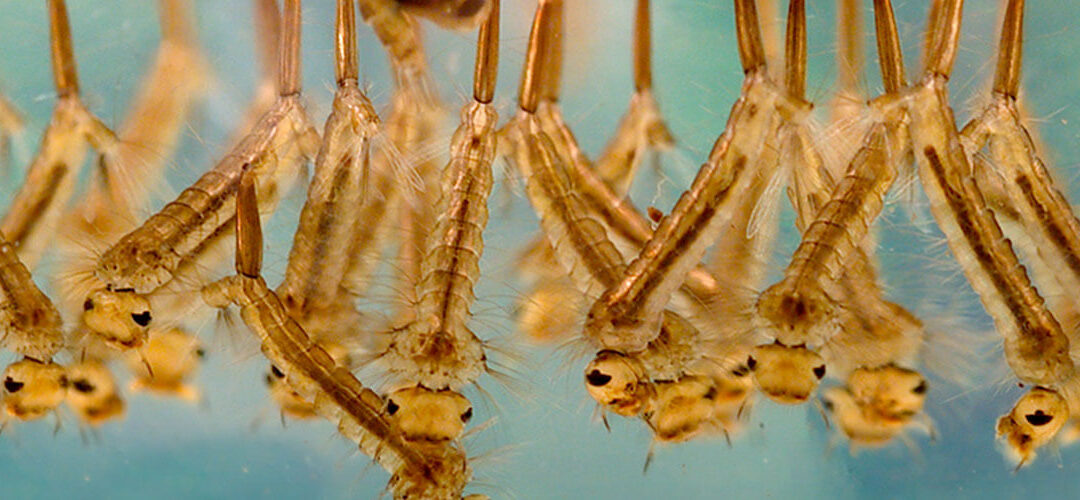It’s a sound that’s all too familiar, especially in the summer.
The incessant whine of the most unwelcome of uninvited guests: mosquitoes.
There are hundreds of mosquito species around the world, but they all have two things in common – they can all spread serious diseases, and they all need water to breed in.
Gutters, pipes and rainwater tanks can offer ideal environments for mosquitoes to lay their eggs and spread nasty diseases such as malaria, Zika virus, dengue fever and more.
This can hurt the health of your home, family and community and contaminate your rainwater supply.
Thankfully, the solution to this problem is simple. All you need to do is include appropriate mosquito-proof barriers and measures in your Rain Harvesting system design.
Your gutters
Gutters that are full of decomposing leaves and debris can create pools of stagnant water – an ideal mosquito breeding environment. As such, it’s important to keep leaves and debris out of your gutters to prevent this environment from forming in the first place.
The most effective way to keep your gutters debris-free is to screen them with an over-the-gutter gutter mesh, which should be matched to the size of the leaves in your area.
If gutter mesh isn’t a viable option, trimming overhanging trees and regularly cleaning your gutters is the next best solution for keeping your gutters mosquito-free.
Your downpipes
The pipes that channel water from your roof to your rainwater tank offer a particularly enticing environment for mosquitoes – especially if you have a “wet” Rain Harvesting System that holds water in your pipes between rainfall events.
With their stainless steel 955 micron mosquito-proof screens, our Leaf Eater rain heads are an ideal solution for keeping mosquitoes out of your pipes at the gutter end. Rain heads also filter leaves and debris to prevent clogging and stagnant water, two key ingredients for the perfect mosquito environment.
At the tank end, your pipes can be screened with a mosquito-proof, self-closing flap valve or plumbed directly into your rainwater tank via a mosquito-proof Maelstrom filter. This ensures mosquitoes don’t get into your pipes through this “back door”.
As an added precaution for “wet” Rain Harvesting systems, it’s worth installing a sliding gate valve, in-ground first flush diverter or other device to empty your pipes in between rainfall events. That way, even if they make their way into your pipes, there won’t be any water there for mosquitoes to breed in.
Your rainwater tank
Screening your rainwater tank is the final step in keeping mosquitoes out of your Rain Harvesting system.
Traditionally, a 955 micron stainless steel mosquito-proof tank screen was used to prevent mosquitoes getting into your tank via the inlets. A more modern alternative is to use our Maelstrom filter, which not only offer mosquito-proofing, but also a range of other benefits, including preventing water from being lost by bouncing off older or dirty tank screens.
Of course, it’s not just your tank inlets that need to be taken care of. It’s also important to ensure your tank overflows are mosquito-proofed so you don’t leave a handy back door for breeding mosquitoes. This can be done using mosquito-proof screens, mosquito-proof air gaps or mosquito-proof flap valves. Your choice will depend on personal preference and the way your overflows are plumbed.
Too easy
Mosquitoes may pose a serious threat to your Rain Harvesting system, but with a few simple measures, this threat can be easily managed so you can enjoy greater peace of mind and consistently cleaner rainwater.

